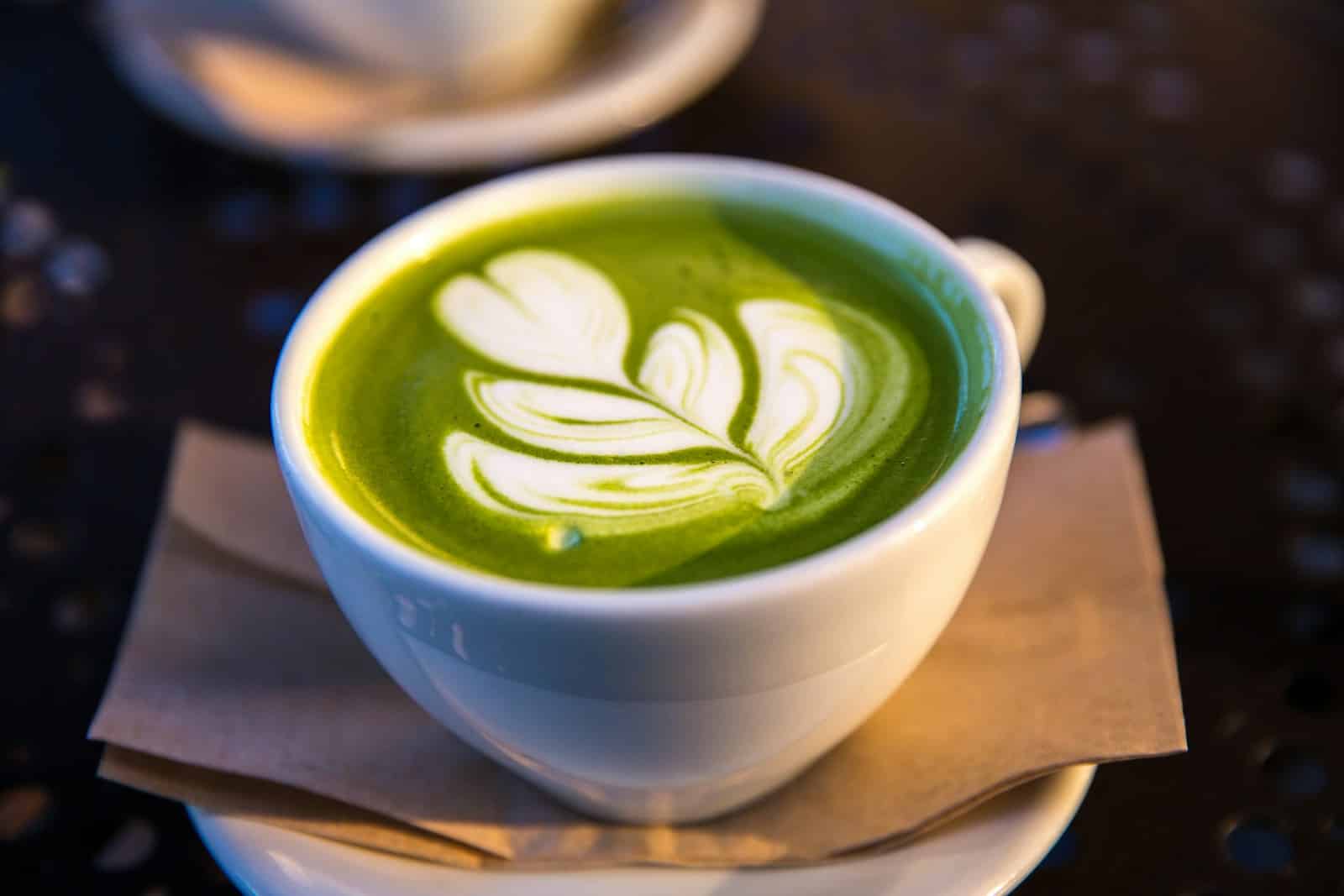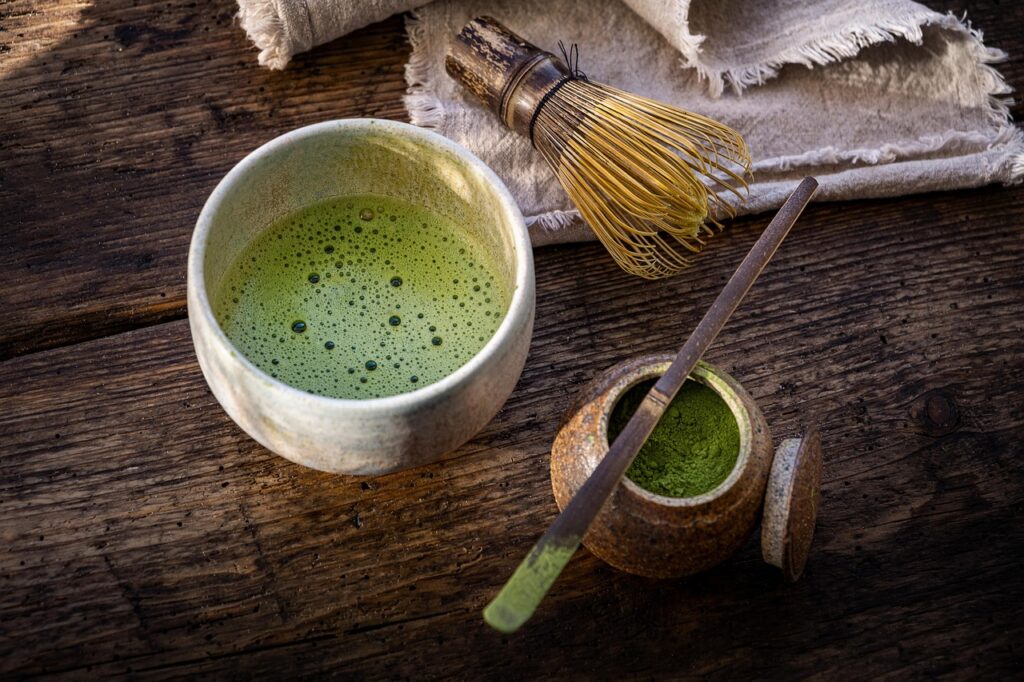Physical Address
304 North Cardinal St.
Dorchester Center, MA 02124
Physical Address
304 North Cardinal St.
Dorchester Center, MA 02124

We are drinking too much Matcha. Your daily matcha latte might be harder to find soon. The global demand for matcha has grown so fast that it’s creating serious supply shortages, with major Japanese tea companies limiting sales and prices rising 70% in just one year.
This isn’t just a temporary trend. Social media has fueled massive Western interest in matcha, while record tourism to Japan has increased local demand. At the same time, matcha only makes up 6% of Japanese tea production, and weather problems in key growing regions like Kyoto have made things worse.
The shortage affects everyone from casual coffee shop customers to serious tea lovers. Understanding why this is happening and what it means for the future of matcha can help people make better choices about their tea habits and spending.
Matcha is a finely ground powder made from specially grown green tea leaves that contains unique compounds like L-theanine and catechins. Social media platforms like TikTok have fueled its global popularity, while health-conscious consumers seek its antioxidants and clean energy benefits.
Matcha comes from the same plant as regular green tea – the camellia sinensis. However, matcha is made specifically from tencha, a shaded green leaf tea that undergoes special processing.
The leaves are shade-grown for several weeks before harvest. This process increases chlorophyll levels and boosts amino acid content, especially L-theanine.
Key differences from regular green tea:
The shading process creates higher concentrations of antioxidants called catechins. These compounds give matcha its distinctive bright green color and potent health properties.
L-theanine works with natural caffeine to provide clean energy. This combination offers alertness without the jitters many people experience from coffee.

Western consumers have thirsted for matcha in recent years, a trend skyrocketed by social media—especially through TikTok. The powder’s vibrant green color makes it perfect for Instagram and TikTok posts.
Cafes worldwide now feature matcha lattes, ice cream, and desserts on their menus. Matcha has moved beyond being just a health drink—it has become a lifestyle symbol attracting attention from around the world.
The market growth reflects this popularity boom. According to Forbes, the matcha market is expected to hit about $5 billion by 2028, an expected growth of more than 10% since 2023.
Social media influencers showcase matcha recipes and rituals. This exposure has introduced millions of people to matcha who never tried it before.
Health-conscious consumers choose matcha for its antioxidant content and clean energy profile. The powder contains higher levels of beneficial compounds than regular green tea because people consume the entire leaf.
Primary health compounds in matcha:
The L-theanine in matcha works with caffeine to provide sustained energy without crashes. Many people report feeling more focused and alert compared to coffee.
Matcha has become more than a drink – it’s a wellness ritual that makes people feel they’re nurturing both body and mind. This perception drives continued demand among wellness-focused consumers.
The antioxidants in matcha may offer various health benefits. However, more research is needed to fully understand all potential effects on human health.
The matcha shortage stems from a perfect storm of rising global demand, climate-related production challenges, and supply chain constraints that have pushed Japanese tea farmers beyond their capacity. These factors have created the first matcha shortage in history, forcing retailers to implement purchase limits.
Global matcha consumption has exploded, particularly among younger consumers. Gen Z and millennials have driven demand through wellness trends and social media influence.
Brands like Tealife and Holland & Barrett report order spikes exceeding tenfold year-on-year. Australian matcha sales alone have surged 300%, straining suppliers worldwide.
Social media platforms amplify this demand through hashtags like #MatchaTok. Influencer promotion has created what experts call a hoarding culture among consumers.
The trend extends beyond traditional tea drinking. Cafes now use matcha in lattes, desserts, and specialty drinks. This diversification has increased pressure on middle-grade “latte” matcha supplies.
Key consumption drivers:
Climate change has severely impacted Japan’s matcha production capacity. Extreme weather conditions have reduced both quality and quantity of tea harvests.
Severe heatwaves in Kyoto and Uji reduced the 2025 tencha harvest by around 25%. These regions produce the primary tea leaves used for high-quality matcha.
Rising temperatures damage the delicate shade-growing process essential for premium matcha. Tea plants require specific conditions that climate change increasingly disrupts.
Traditional matcha production methods limit scalability. Stone-grinding techniques produce only small quantities per day. Manual processing cannot match industrial demand levels.
Production constraints:
Japan’s tea industry faces significant structural challenges beyond climate impacts. The aging farming population threatens long-term production sustainability.
Tencha plants require years to mature before producing quality leaves. This slow-growth cycle prevents quick responses to demand increases.
Major producers like Marukyu Koyamaen and Ippodo Tea have temporarily suspended direct retail sales or imposed per-customer limits. These restrictions reflect severe supply constraints.
The Global Japanese Tea Association notes this represents an unprecedented situation. Traditional supply chains cannot handle current demand volumes.
Supply chain issues:
| Challenge | Impact |
|---|---|
| Aging workforce | Reduced production capacity |
| Slow plant maturity | Cannot increase supply quickly |
| Limited processors | Bottleneck in production |
| Export restrictions | Reduced global availability |
Matcha prices have reached record highs as supply shortages intensify. Auction prices reflect the severity of the global matcha market crisis.
Prices at Kyoto auctions soared to record highs of 8,235 yen per kg, a 170% increase from the previous year. These increases affect all quality grades.
Retailers face frequent product shortages and back-orders. Cafes in Melbourne and Sydney report significant supply difficulties, particularly for latte-grade matcha.
The shortage has created opportunities for low-quality alternatives. Some products contain fillers, heavy metals, or contaminants that pose health risks.
Market experts predict these price increases and shortages will persist for years. The structural production challenges cannot be resolved quickly.
The surge in matcha popularity brings both health concerns from overconsumption and quality issues as demand outpaces supply. Rising prices are making high-quality matcha less accessible to everyday consumers.
Drinking too much matcha can cause several uncomfortable side effects. Most adults should limit themselves to no more than eight grams of matcha powder per day to avoid problems.
Common side effects include:
The high caffeine content causes most of these issues. Premium ceremonial matcha contains 35-50mg of caffeine per gram. Eight servings would put someone right at the 400mg daily caffeine limit for healthy adults.
People who drink multiple matcha lattes daily often exceed safe limits without realizing it. High-quality ceremonial grade matcha powder is high in caffeine and catechins, which can lead to stomach upset when consumed excessively.
First-time matcha drinkers may experience digestive issues. The fiber content can trigger laxative effects in people who rarely consume high-fiber foods or caffeinated drinks.
Supply shortages are forcing consumers to settle for lower-grade matcha products. Poor quality green tea powder often lacks the vibrant green color and smooth taste of authentic Japanese matcha.
Low-quality matcha may contain harmful substances like fluoride, lead, or arsenic absorbed during growing. These contaminants pose serious health risks with regular consumption.
Warning signs of arsenic poisoning include:
Many coffee shops now serve matcha lattes made with lower-grade powder to keep costs down. This compromises both taste and safety for customers expecting authentic matcha quality.
Proper testing for pesticides and heavy metals becomes more important as supply chains stretch. Reputable suppliers conduct extensive purity testing, but rushed production may skip these safety steps.
High-quality matcha prices have jumped significantly as demand exceeds supply from traditional Japanese farms. Ceremonial matcha that once cost $30 per ounce now sells for $50 or more.
Budget-conscious consumers are switching to cheaper alternatives. These products often contain lower concentrations of beneficial compounds like L-theanine and antioxidants.
Coffee shops are raising matcha latte prices or reducing portion sizes. A typical café matcha latte now costs $6-8, compared to $4-5 just two years ago.
Price comparison by grade:
Some retailers are mixing ceremonial matcha with lower grades to maintain profit margins. This practice dilutes quality while keeping prices artificially high.
Bulk buying has become common among regular matcha drinkers. However, matcha loses potency over time, so large purchases may result in stale product before consumption.
The matcha industry needs new approaches to meet growing demand while protecting traditional farming methods. Key changes include expanding cultivation techniques, supporting Japanese farmers, and helping consumers make better choices.
The Japanese government is taking action to address supply issues. They are planning subsidies for tea cultivation to help farmers increase production capacity.
Technology improvements are helping farmers grow more matcha on existing land. New shade-growing techniques allow better leaf quality while increasing yields. Some farms are using automated harvesting tools to speed up production.
Other countries are trying to create their own matcha products. However, these efforts have yet to match the quality of the Japanese original. The unique climate and soil conditions in Japan remain hard to copy.
Research into faster-growing tea plant varieties shows promise. These new plants could produce harvest-ready leaves in shorter time periods. Scientists are also working on plants that can grow in different climates.
Small Japanese tea farmers face the biggest challenges from rising demand. Many traditional farms lack the resources to expand quickly. Supporting these producers helps maintain authentic matcha quality.
Direct trade relationships between importers and farmers create better income stability. This approach cuts out middlemen who often take large profits. Farmers get paid fairly for their high-quality products.
Some companies are investing directly in Japanese tea farms. These partnerships provide farmers with modern equipment and training. In return, companies secure reliable supply chains for premium matcha.
Fair pricing practices help farmers invest in better cultivation methods. When consumers pay appropriate prices for quality matcha, farmers can maintain traditional growing techniques. Cheap matcha often means poor working conditions for farmers.
Smart shopping helps stretch limited matcha supplies. Consumers should buy only what they need instead of hoarding products. Advocates call out people they see as hoarding matcha during shortage periods.
Quality over quantity becomes more important during shortages. Buying smaller amounts of premium matcha provides better value than large quantities of low-grade powder. High-quality matcha requires less product per serving.
Alternative green tea options can satisfy some matcha cravings. Sencha and gyokuro teas offer similar health benefits with better availability. These teas cost less and put less strain on Japanese matcha production.
Seasonal purchasing helps consumers get better prices and quality. Buying matcha right after harvest seasons ensures freshness. Planning purchases around peak availability times reduces supply pressure.
Home storage techniques keep matcha fresh longer. Proper refrigeration and airtight containers prevent waste. This reduces the need for frequent repurchasing during shortage periods.